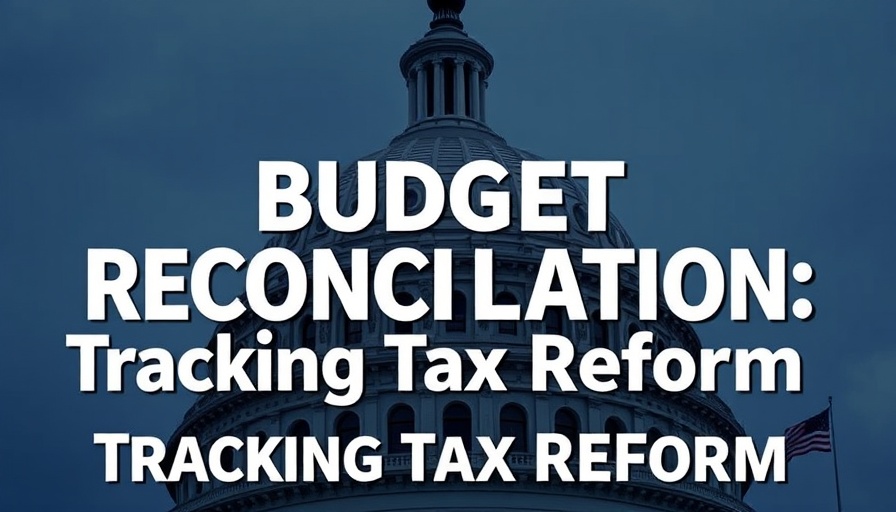
Understanding the 2025 Proposals for Trump Tax Cuts
As Congress sets the stage for potential changes to the tax landscape, the expiration of key provisions from the Tax Cuts and Jobs Act (TCJA) looms large. By the end of 2025, many of these tax cuts will cease to exist unless lawmakers take action. Recent proposals, particularly from former President Trump, suggest not only an extension of these cuts but also introduce new taxation policies aimed at modifying income tax burdens across various demographics.
What Is Budget Reconciliation and Its Implications?
Budget reconciliation, a legislative procedure that enables the passage of tax and spending legislation with a simple majority in the Senate, plays a crucial role in this discourse. By employing this mechanism, Congress can sidestep the challenges of achieving a 60-vote supermajority. For example, resolutions passed recently indicate a plan to offset a $4.5 trillion tax cut with equivalent spending cuts, a strategy that raises concerns about fiscal sustainability.
The Future of Taxation: Who Stands to Gain?
Estimates point to substantial gains for high-income households if Trump's tax proposals, including the elimination of taxes on Social Security benefits, favorable treatment for overtime pay, and restoration of the SALT deduction, are enacted. While proponents argue these measures will stimulate economic growth, critics warn that they may disproportionately benefit the wealthiest, potentially increasing the budget deficit. The expected revenue loss could reach $6.8 trillion over the decade if all proposed cuts are implemented permanently.
Analyzing Long-term Effects and Economic Growth
While some analyses suggest an increase in GDP by 1.1% in the long run due to tax cuts, concerns about the trade-offs remain. The reliance on import tariffs to counterbalance these cuts could lead to retaliatory measures from trading partners, further complicating economic outcomes. Moreover, the implications for low-income households, particularly if spending reductions impact essential services, make this a contentious issue requiring careful consideration.
What This Means for Everyday Taxpayers
Taxpayers across the income spectrum will experience different impacts depending on the final outcome of these proposed changes. A significant portion of lower-income individuals could see minimal benefits or even taxation increases if essential programs face cuts. Therefore, understanding these legislative maneuvers is vital for individuals, particularly those aged 25-65 who are navigating their tax responsibilities.
 Add Row
Add Row  Add
Add 




 Add Row
Add Row  Add
Add 

Write A Comment